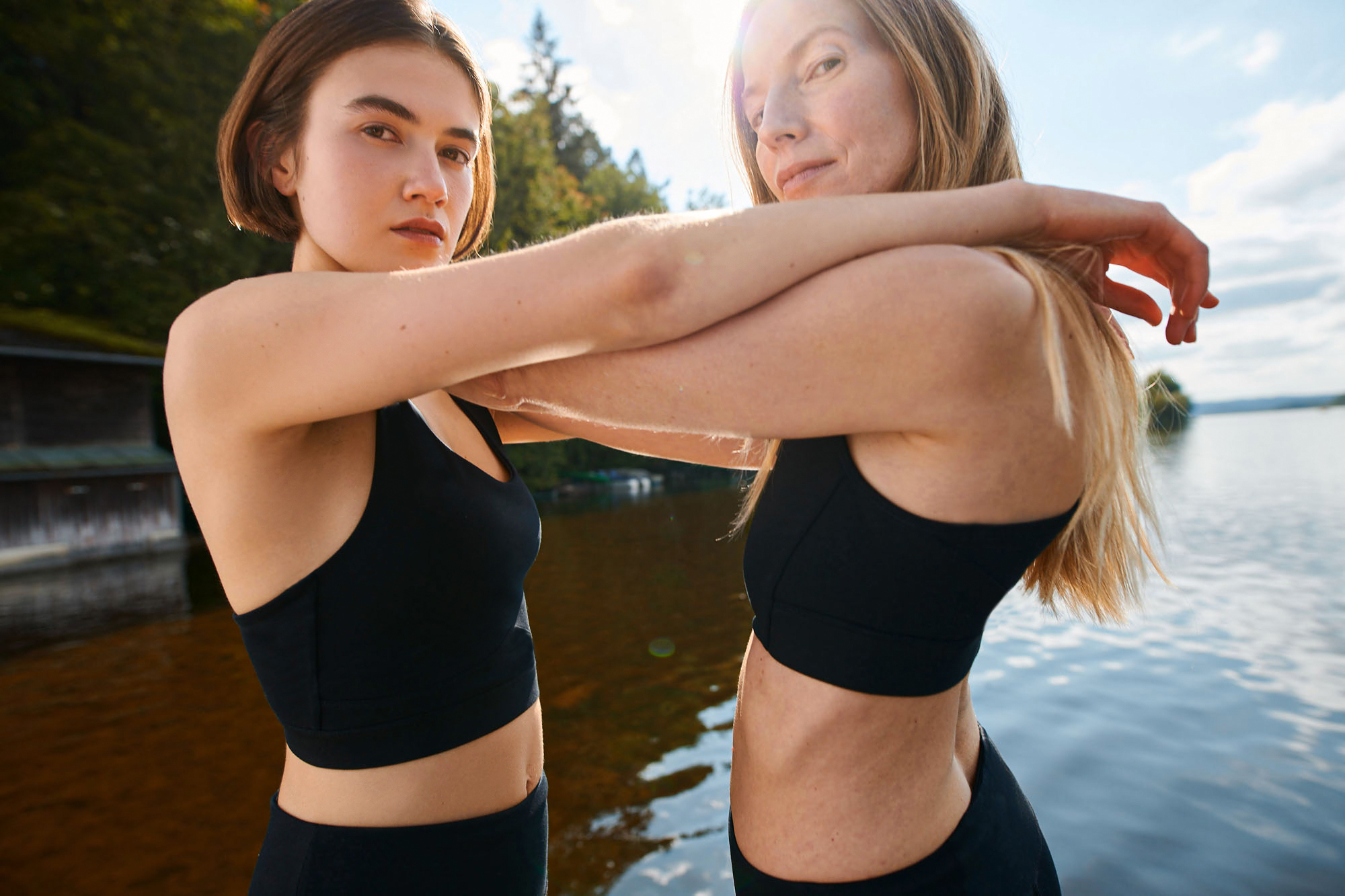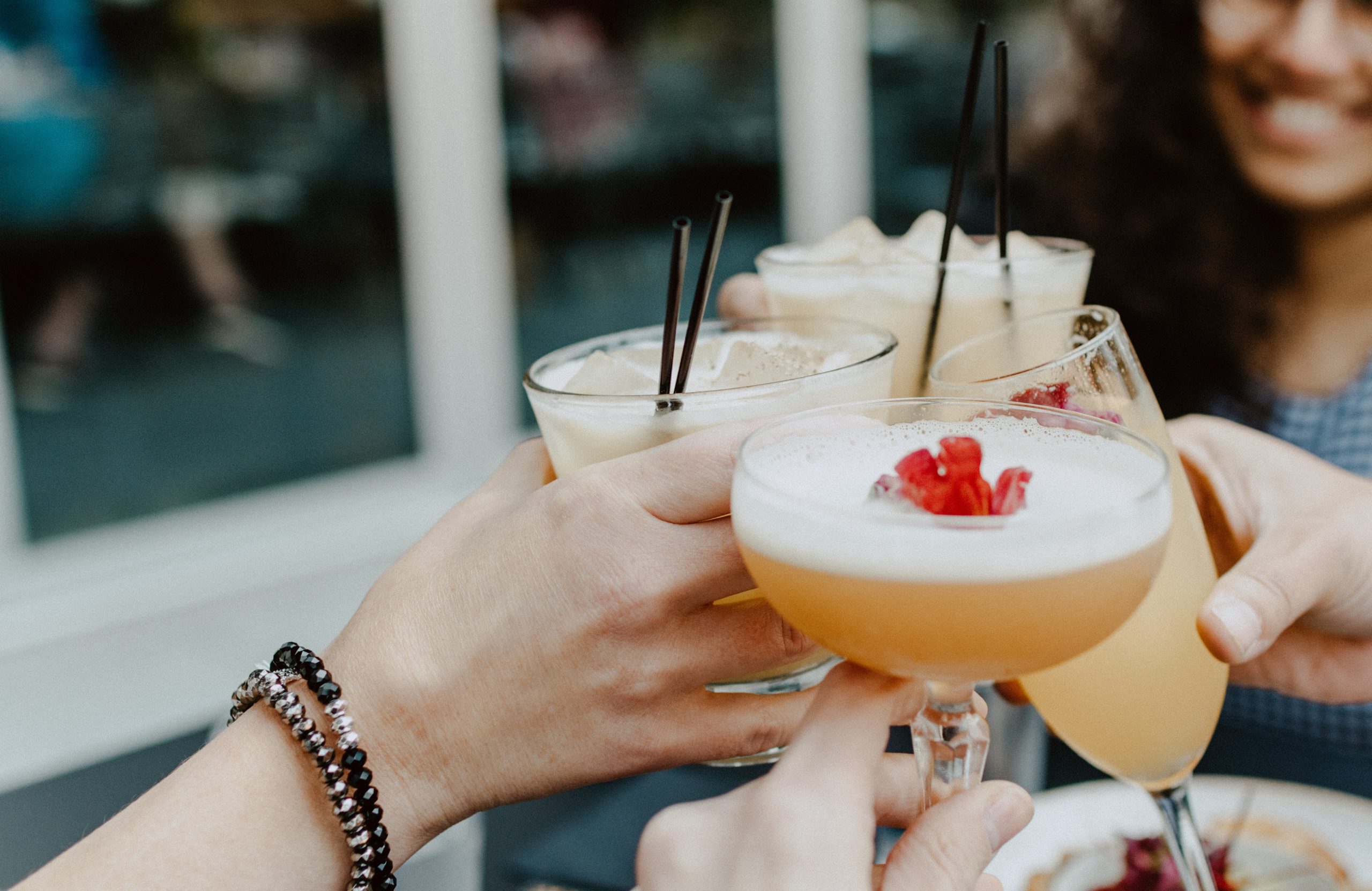Award-winning interior designers Pippa Paton and Scott Paton are best known for the large houses, cottages and barns they design in the Cotswolds. They talk to our Business Writer Katie Webster about post-pandemic living, sustainability and working with your other half.
You have been in business for more than fifteen years. How did it all begin?
Pippa Paton: I started as a Chartered Accountant in an advertising agency – I loved being around creative people. I had been collecting interior design books and already had a large collection of fabrics I knew I wanted to do something with, so in 2006 I took the leap.
Scott Paton: I joined in 2008. Pippa had a big project; there were lots of people working on the project and the family could not find the time to manage them all, so that’s how my role came about.
You have a reputation for encapsulating the essence of the Cotswolds through the homes you design. What does this look like?
Pippa Paton: Great question! It comes down to uncovering the beauty of the building, revealing its origins and incorporating its original beauty into the design. You may strip it all back and then rebuild around the elements you want to showcase: exposed brickwork and stone, original beams, a view. Several times we have taken up the original stone floor, fitted underfloor heating, and calibrated the stone, to re-lay a floor that was originally laid hundreds of years ago – reusing or repurposing the original fabric of a building. That’s very much my style.
Scott Paton: There was a shift in the latter part of the 20th Century for people embracing the building they have bought. We have never had anyone say, ‘gut it, rip it all out.’ Everyone talks about bringing the outside in, but we are like to take the inside out. A house must work for the whole family – and that is the difference in what we do.
Sustainability and being environmentally friendly is becoming increasingly valuable for people, have you seen this in your commissions?
Scott Paton: People are far more interested in how something is made; they want to know the story behind the piece as well: especially if it’s bespoke or personalised to them in some way. There is an importance to having a sustainable narrative behind the piece.
As well as sustainability, clients are seeking quality pieces of furniture, things that are built so they can be repurposed, upcycled, or handed down. They don’t want the furniture they are investing in to end up in a landfill. People want pieces to be movable around the home as well, and for a piece to be able to function in different ways.
Pippa Paton: Repurposing and reusing is a conversation we are having more regularly with our clients. I have more requests for freestanding kitchens over fitted ones of late, for example. Also, we’ve always been mindful to source locally where we can – it’s far better for the planet.
How else has the business changed in the last fifteen years?
Pippa Paton: The business hasn’t changed but how we live in our homes has changed dramatically, and that influences how we design a space. If you just think about how we now use a kitchen, how many of us stand in front of the sink to do the dishes? The majority of households now use a dishwasher, so it makes more sense to feature the hob in front of a view of the garden. We question how people will use space even down to where the schoolbags live – it’s essential to ensure a space functions.
There is a definite shift away from ‘open-plan living’ to ‘broken-plan living’. There is a connection between spaces and the way we live today – we don’t all live behind closed doors in one room; home is a much more fluid open environment and the architecture and space need to reflect that.
Scott Paton: As designers, we have to question more. People are exposed to so much digital stimulus that they often come to us with what they think they want – it’s our job to test that and ask questions.
Pippa Paton: We have always championed and supported local businesses but now we are actively seeking local suppliers even more so. Brexit has caused a delay in delivery, price uncertainty, and a lot of admin for the industry as a whole, so I am grateful that we have always used local makers.
How did the pandemic impact your business and what people want from their homes?
Pippa Paton: I think the pandemic impacted what people wanted from their homes more than it impacted us as a business. There were operational changes that had to happen to accommodate the government restrictions and guidelines, but what became interesting was how homes needed to adapt.
People now need their homes to work for different aspects of their life. They are not just places to rest; they need to be social spaces, workspaces, health and fitness spaces.
Multiple office spaces are on most people’s agenda at present and that will continue post-pandemic as couples work from home. Second lounges and snugs, so families can divide off into different rooms, are also important – especially for those with teenage children.
Scott Paton: The pandemic has fundamentally impacted what we need from our homes and what we appreciate. I remember saying to our children throughout lockdown that we are incredibly lucky to live in a lovely house, with great space around us to be able to get outside, have a barbecue, and kick a football around – so many people didn’t have that. It made lots of people re-evaluate what was important to them.
You work together. What are the highs and lows of working with your spouse?
Pippa Paton: I think it works better for me than it does for Scott. I think he would prefer me not to be anywhere near him, so he can get on with his work rather than be constantly interrupted! As a team, it works very well. We’re lucky because so many people don’t know what their other half does – we share the love of what we do and I can’t imagine not working together. The downside is we can’t get away from it. It’s not unusual for us to suddenly find it’s 8 pm and we need to have supper. We sit down and automatically start talking work. The kids ban us from talking about it!
How do you measure success within the company?
Pippa Paton: I had been collecting the Andrew Martin International Design Review since the 90s. I recall saying to Scott that if I could get an entry in there that would mean I made it. We’ve now been featured six times. We have also been featured in the Country Life Top 100 for the last six years.
In 2020 we won the KBB award at the Society of British and International Interior Design Awards, which was incredible! That said nothing compares to seeing a family love a space you have designed.

You have launched two books in recent years. How did they come about?
Pippa Paton: I just wanted to write a book! Once I wrote the first one, I had the bug. For me, it was about showcasing and demonstrating what can be achieved with these great old Cotswold buildings. Volume three is in the planning stages as we speak.
What inspires you?
Pippa Paton: Everything and anything! I get lots of inspiration from travelling and I adore reading. I am always stopping to look at the details of fixtures and fittings and getting my camera out to snap interesting textures and patterns. I think creative people are naturally inquisitive and are constantly absorbing inspiration. Recently we used an artist (for a wall hanging on a project) that I first spotted in a magazine a decade ago.
Scott Paton: Inspiration often leads to us losing track of time. We once almost missed a flight from Australia because we were in the duty-free shop photographing some amazing fixtures and fittings!
What will be the biggest challenge for the industry in the next couple of years?
Scott Paton: It’s how we navigate sustainability and listed buildings. The two are currently on different paths and need to collide and embrace each other. There are many ways to make properties sustainable, but there needs to be a serious look at how this works with listed buildings.
We would be the first to say that there is a need for conservation and consent however there is a very real disconnect between conserving a building and what we have to do to get Listed Building consent and the commitments to address climate change.
We are increasingly getting involved in renewable heating projects. There is lots we can do to produce a building that is gorgeous and complementary to its heritage, while at the same time making it fit for purpose in today’s world.
Learn more about Pippa Paton Designs here.
And follow the company on Instagram.







